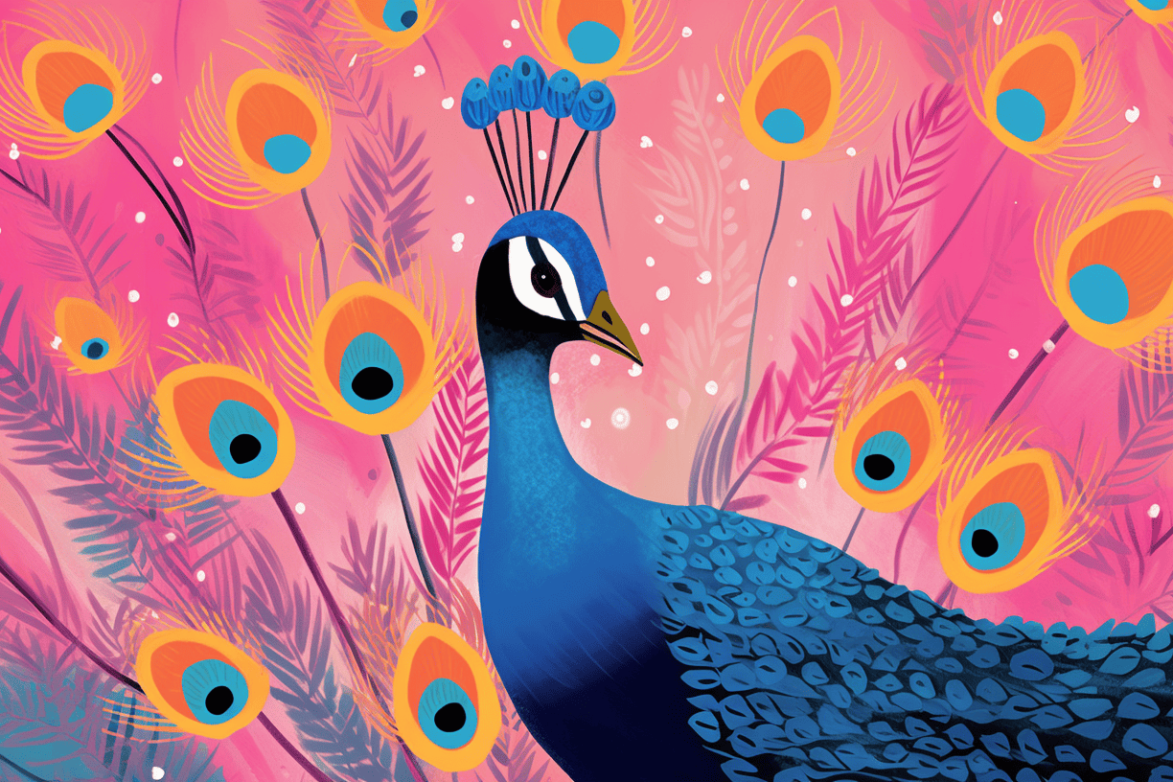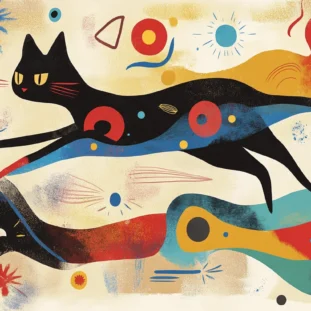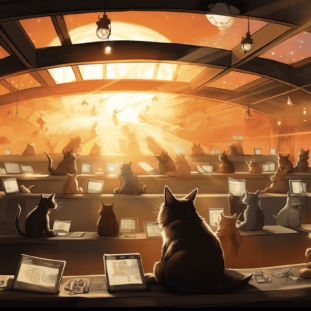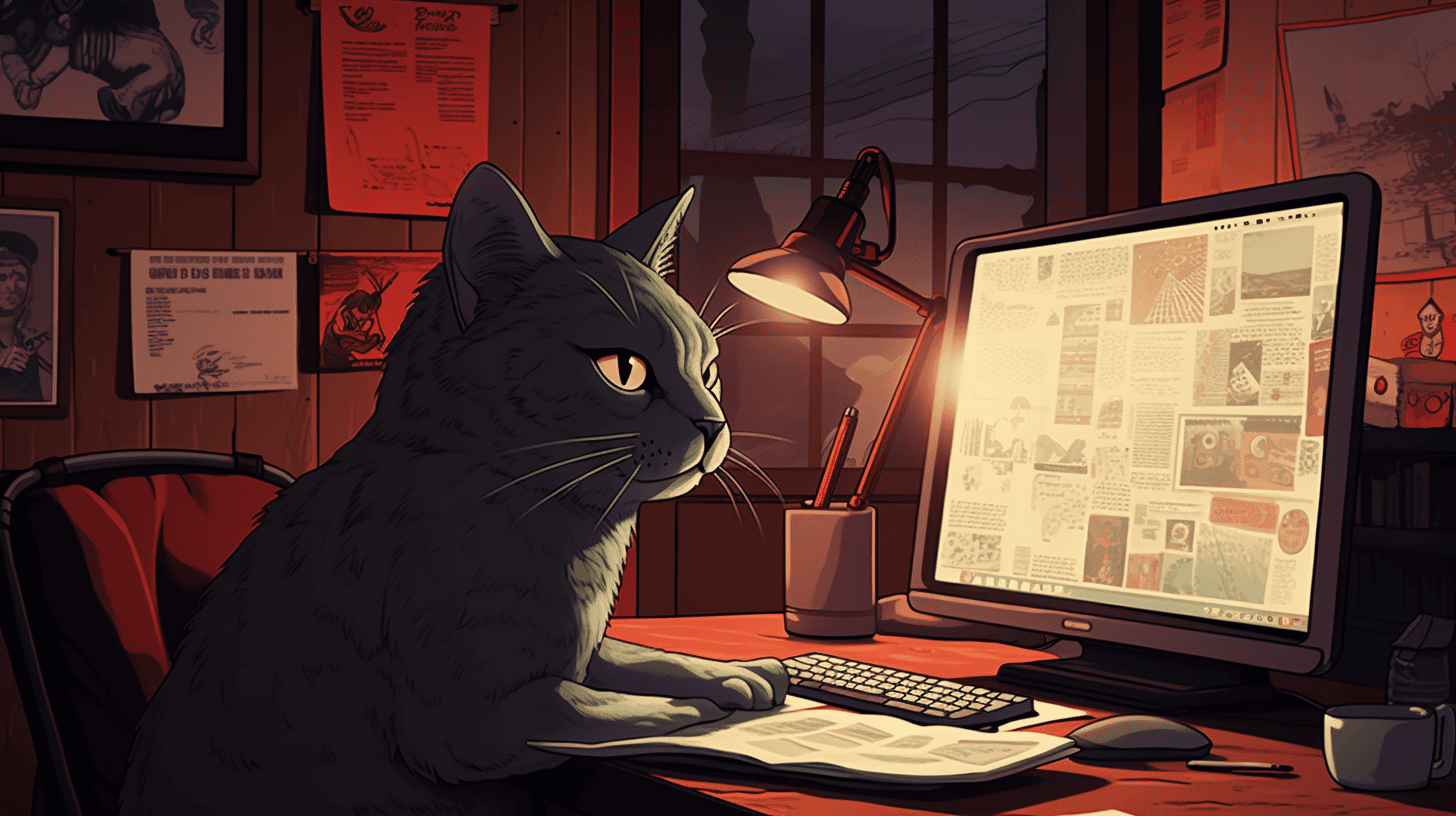Ever wondered why we have a sense for aesthetics? Do animals share something similar? If you haven’t yet no need to worry: I’ve done all the wondering for you and compiled my opinions and theories with some research to bake them up.
The most obvious context where a sense of aesthetics is relevant is when looking for a mate. Peacock-males push it to the next level with their bright and colorful feathers to attract a female partner and to give birth to the next peacocks. But the human species that is obnoxious for creating so much overhead and bloat in our infrastructure has a sense for aesthetics that goes above just finding a mate to propagate with. Our complexity is marked by the timespan we need to develop until we are fully mature. The legal system says that someone reaches adulthood in the age of 18, but neurology suggests that our brain develops till 25-30, especially the prefrontal-cortex, relevant for planning, decision making and all higher forms of et cetera. There are only a few other animals next to humans that are taking the same time or even longer, so it is no wonder regarding the complexity of our society, that humans are able to create and reform differently than other forms of living. Our brains are wonders and one of the least understood organs, a mushy and frankly sensitive mass, quite ugly and underwhelming when seeing it with the eyes. When looking at evolution and questioning it’s purpose it may seem effective that we are able to solve problems by our hands and not by physical evolution and the role of aesthetics in it which fits the notion of the grander scheme, that is unfolding with the emergence of the fundamental understanding of the concept I try to to convey.
From a metaphysical point of view, everything we process, see, what is existing has an aesthetic form. A form that conveys a lot of multilayered information instantly when receiving the bits. Based on patterns it can tell us something about the quality, a deeper meaning, a function and is unquestionably important for first impressions, which is why fashion and well designed marketing is more important than remarked by many function-first individuals, that are missing out on combining the beauty of the left- and right-sided ways of the brain, that makes life in itself so full and rich.
Research suggests in the scientific field of Evolutionary Aesthetics, that our homo-sapiens based preferences in aesthetics are relevant for reproductive success and expands further to aesthetic preferences as a result of the environment. Survey results indicate that Savannah-like nature where the first humans lived and art with realistic paintings are the most commonly chosen preferences, which is closely linked to reproduction benefiting environments. The sexy son hypothesis proposed by Patrick J. Weatherhead and Raleigh J. Robertson of Queen’s University in Kingston suggests that a females optimal choice among potential mates is someone with genes that are best suited for successful reproduction indicated by having traits are attractive to other females. Often the trait itself doesn’t have a reproductive benefit as theoretical discussions spin around that our human brain is far more capable than just surviving nature, so being for example successful in the field of art is a trait benefiting sexual success, as it has a similar function to the peacock tail, that also doesn’t serve a reproductive purpose other than aesthetic attraction.
So taking in account the complexity and capability of our brains it just makes sense that a sense of aesthetics functions across disciplines as a indicator for many positive things (some objective, other subjective due to culture and external factors). Learning the importance of aesthetics as a broad concept and with creative immersion into the field should lead to an expansion of potential across disciplines enhancing multiple life areas, that may also lead to a higher degree of sexual success as an end-result (if that matters) which may be the evolutionary biological end-goal even if humans are more destined to be reproductive, specially in our current times where dropping offspring may not be advisable.










